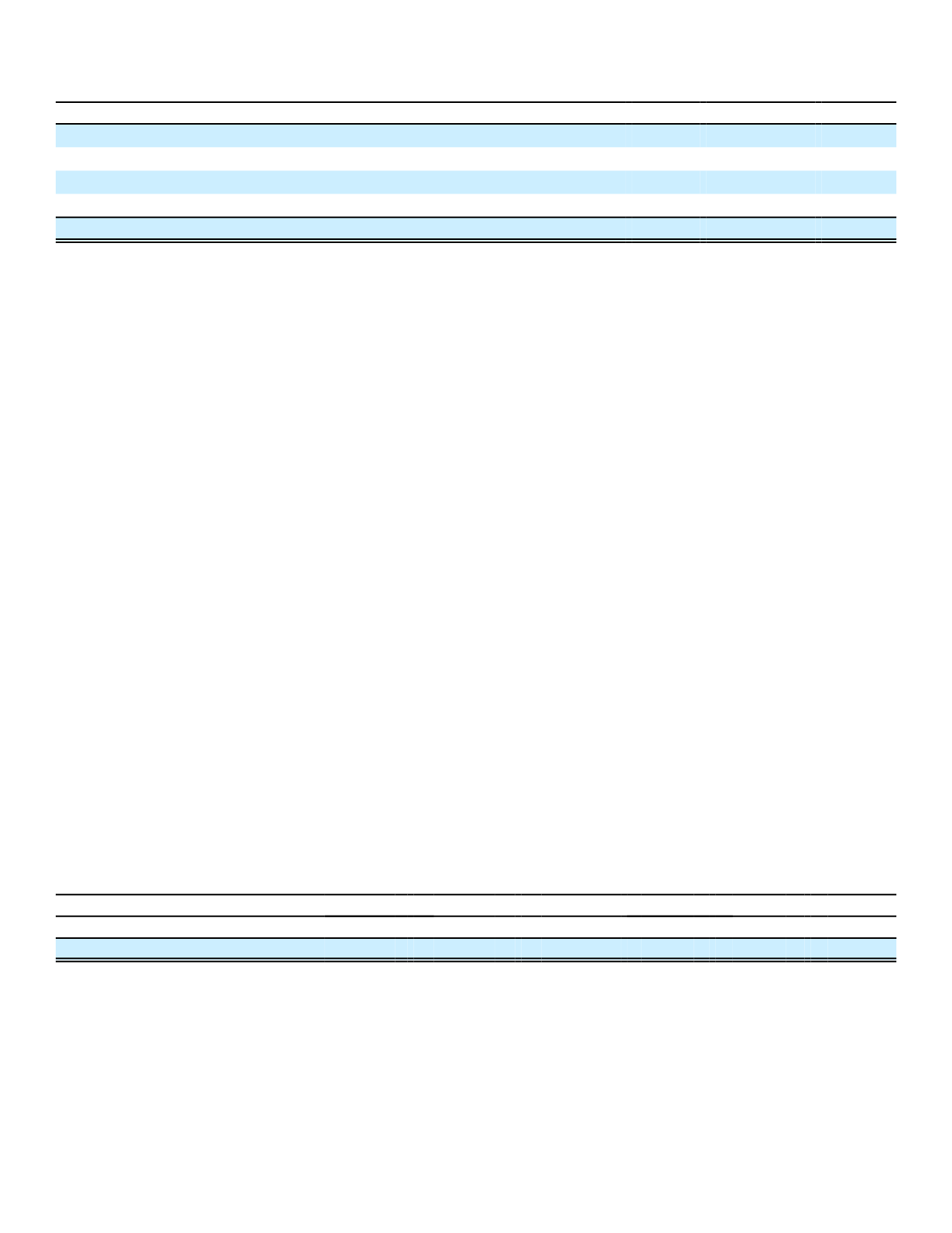

A reconciliation of Aflac's capital and surplus between SAP and practices permitted by the state of Nebraska is shown
below:
(In millions)
2016
2015
Capital and surplus, Nebraska state basis
$ 11,221
$ 11,298
State Permitted Practice:
Refundable lease deposits – Japan
(40)
(38)
Reinsurance - Japan
(764)
(707)
Capital and surplus, NAIC basis
$ 10,417
$ 10,553
As of December 31, 2016, Aflac's capital and surplus significantly exceeded the required company action level capital
and surplus of $1.3 billion. As determined on a U.S. statutory accounting basis, Aflac's net income was $2.8 billion in
2016, $2.3 billion in 2015 and $2.4 billion in 2014.
Aflac Japan must report its results of operations and financial position to the Japanese Financial Services Agency
(FSA) on a Japanese regulatory accounting basis as prescribed by the FSA. Capital and surplus of the Japan branch,
based on Japanese regulatory accounting practices, was $5.6 billion at December 31, 2016, compared with $4.7 billion at
December 31, 2015. Japanese regulatory accounting practices differ in many respects from U.S. GAAP. Under Japanese
regulatory accounting practices, policy acquisition costs are expensed immediately; policy benefit and claim reserving
methods and assumptions are different; premium income is recognized on a cash basis; different consolidation criteria
apply to VIEs; reinsurance is recognized on a different basis; and investments can have a separate accounting
classification and treatment referred to as policy reserve matching bonds (PRM).
The Parent Company depends on its subsidiaries for cash flow, primarily in the form of dividends and management
fees. Consolidated retained earnings in the accompanying financial statements largely represent the undistributed
earnings of our insurance subsidiary. Amounts available for dividends, management fees and other payments to the
Parent Company by its insurance subsidiary may fluctuate due to different accounting methods required by regulatory
authorities. These payments are also subject to various regulatory restrictions and approvals related to safeguarding the
interests of insurance policyholders. Our insurance subsidiary must maintain adequate risk-based capital for U.S.
regulatory authorities and our Japan branch must maintain adequate solvency margins for Japanese regulatory
authorities. Additionally, the maximum amount of dividends that can be paid to the Parent Company by Aflac without prior
approval of Nebraska's director of insurance is the greater of the net income from operations, which excludes net realized
investment gains, for the previous year determined under statutory accounting principles, or 10% of statutory capital and
surplus as of the previous year-end. Dividends declared by Aflac during 2017 in excess of $2.8 billion would require such
approval. Aflac declared dividends of $2.0 billion during 2016.
A portion of Aflac Japan earnings, as determined on a Japanese regulatory accounting basis, can be repatriated each
year to Aflac U.S. after complying with solvency margin provisions and satisfying various conditions imposed by Japanese
regulatory authorities for protecting policyholders. Profit repatriations to the United States can fluctuate due to changes in
the amounts of Japanese regulatory earnings. Among other items, factors affecting regulatory earnings include Japanese
regulatory accounting practices and fluctuations in currency translation of Aflac Japan's U.S. dollar-denominated
investments and related investment income into yen. Profits repatriated by Aflac Japan to Aflac U.S. were as follows for
the years ended December 31:
In Dollars
In Yen
(In millions of dollars and billions of yen)
2016
2015
2014
2016
2015
2014
Profit repatriation
$1,286
$ 2,139
$1,704
138.5
259.0
181.4
We entered into foreign exchange forwards and options as part of an economic hedge on foreign exchange risk on
114.0 billion yen of profit repatriation received in 2016, resulting in $64 million less funds received when the yen were
exchanged into dollars. As of December 31, 2016, we had foreign exchange forwards and options as part of a hedging
strategy on 122.6 billion yen of future profit repatriation.
156
14. BENEFIT PLANS
Pension and Other Postretirement Plans
We have funded defined benefit plans in Japan and the United States, however the U.S. plan was frozen to new
participants effective October 1, 2013. We also maintain non-qualified, unfunded supplemental retirement plans that


















